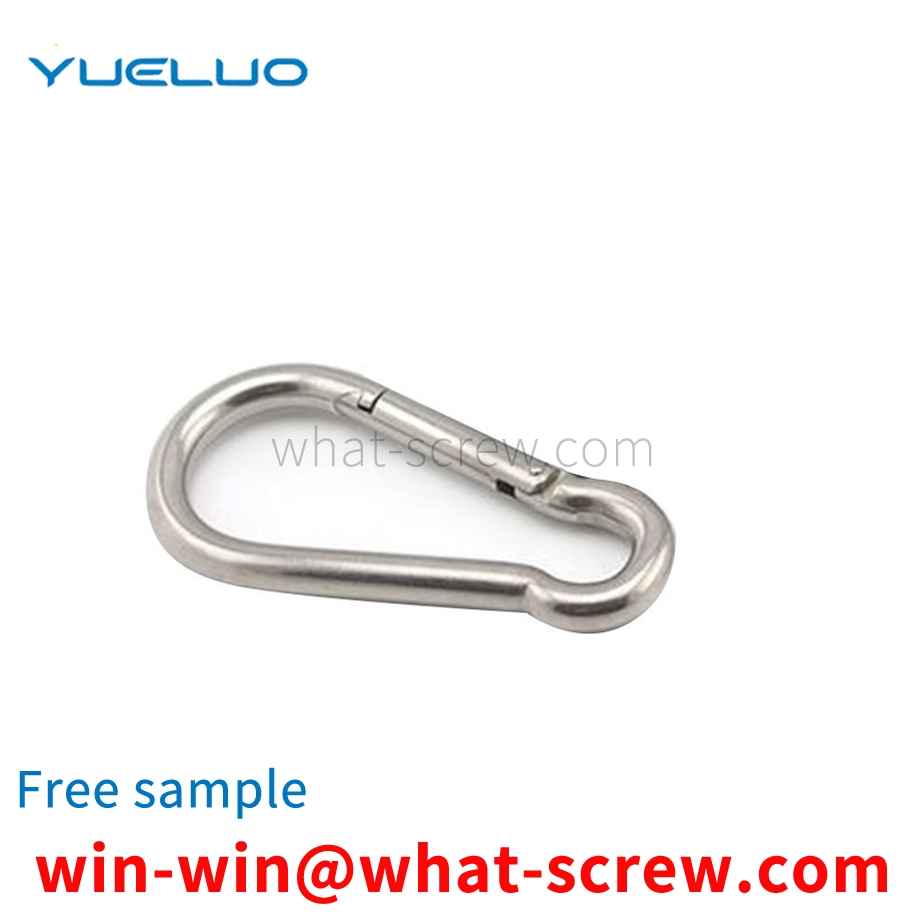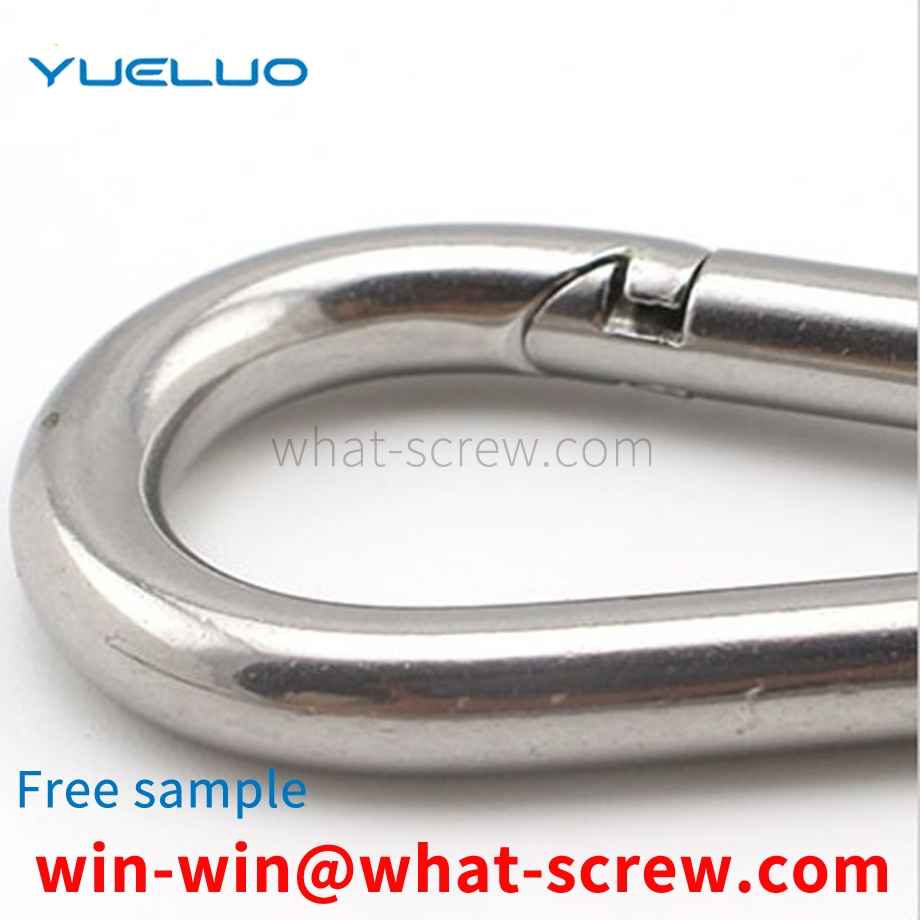T-bolt, the European standard is called hammer bolt, the material is carbon steel, the surface is galvanized or nickel-plated, the T-bolt can be directly put into the groove of the aluminum profile, and it can be automatically positioned and locked during the installation process. Used in conjunction with the blue nut, it is a standard matching connector when installing corner fittings. It can be selected and used according to the profile groove width and different series of profiles. When the T-bolts on the market are installed with the installation channel, the bolts need to be placed into the channel from the port of the channel, and then tightened when moving to the designated position. The bolts are easy to rotate during installation, and the connection is not tight. Therefore, it is necessary to propose a mounting structure that uses T-bolts and grooves.
As a standard part, it should have its own general specifications. For hexagonal nuts, the commonly used standards are: GB52, GB6170, GB6172 and DIN934. The main differences between them are: GB6170 is thicker than GB52, GB6172 and DIN934. Thick from DIN934, commonly known as thick nut. The other is the difference between the opposite sides, the opposite sides of DIN934, GB6170 and GB6172 in the M8 nut series are 13MM smaller than the opposite side 14MM of GB52, and the opposite sides of M10 nuts, DIN934 and GB52 are 17MM. The opposite side of GB6170 and GB6172 should be 1MM larger, M12 nut, DIN934, GB52's opposite side is 19MM larger than GB6170 and GB6172's opposite side 18MM is 1MM larger. For M14 nuts, the opposite side of DIN934 and GB52 is 22MM, which is 1MM larger than the opposite side of GB6170 and GB6172, which is 21MM. The other is the M22 nut. The opposite side of DIN934 and GB52 is 32MM, which is 2MM smaller than the opposite side of GB6170 and GB6172, which is 34MM. (Besides the thickness of GB6170 and GB6172 are the same, the width of the opposite side is exactly the same) The rest of the specifications can be used in general without considering the thickness.
Existing wood screws are composed of a threaded portion with a tapered angle and arranged along a tapered stem and a screw head. The head of the screw can be a countersunk head, hemispherical, or other shapes, and the head of the screw has a groove that fits with the tool, a word groove, and a concave cross groove. The taper angle of existing wood screws is either 45 degrees or 60 degrees, and the front end of the taper angle is a pointed point formed by a rotating thread. The existing wood screws have the following three deficiencies in use. Because the taper angle is 45 degrees or 60 degrees, and the thread angle is 64 degrees, the resistance when entering the material is relatively large, so the existing wood screws are manually screwed. It is difficult to screw in, especially when it is used for hardwood materials, and it often happens that the groove of the screw head is screwed out; A large lateral moment will be formed when the screw is screwed, which is prone to the problem of deviation from the position; in addition, because the existing screw is tapered, it will be subjected to both radial force and axial force when entering the material, and its stress state It is more complicated, so it is easy to cause the cracked wood material to burst, and even cause the material to have longitudinal cracks and be unusable.
The safety of screws and bolts in important occasions is related to the safety of the overall operation of the equipment, especially in public places and open air places, the theft of screws will cause major safety hazards. It is easy to loosen, and there is a safety hazard in long-term use.
Fasteners are a class of mechanical parts that are used for fastening connections and are widely used. It is used in a wide range of industries, including energy, electronics, electrical appliances, machinery, chemical industry, metallurgy, mold, hydraulic and other industries, in various machinery, equipment, vehicles, ships, railways, bridges, buildings, structures, tools, instruments, chemicals, instruments And supplies, etc., you can see all kinds of fasteners, which are widely used mechanical basic parts. In the fields of listed rails, construction machinery, etc., due to the harsh application environment, the requirements for fasteners are more stringent. If the fasteners are loosened, it may lead to serious consequences, resulting in a large amount of property damage, even serious life cost.
We have many years of experience in the production and sales of screws, nuts, flat washers, etc. The main products are: semi-circle integrated ball head cover nut, die-casting knurled nuts, self-locking washers, bolts with washers and other products, we can provide you with suitable products for you. Fastener Solutions.



















 Service Hotline
Service Hotline




